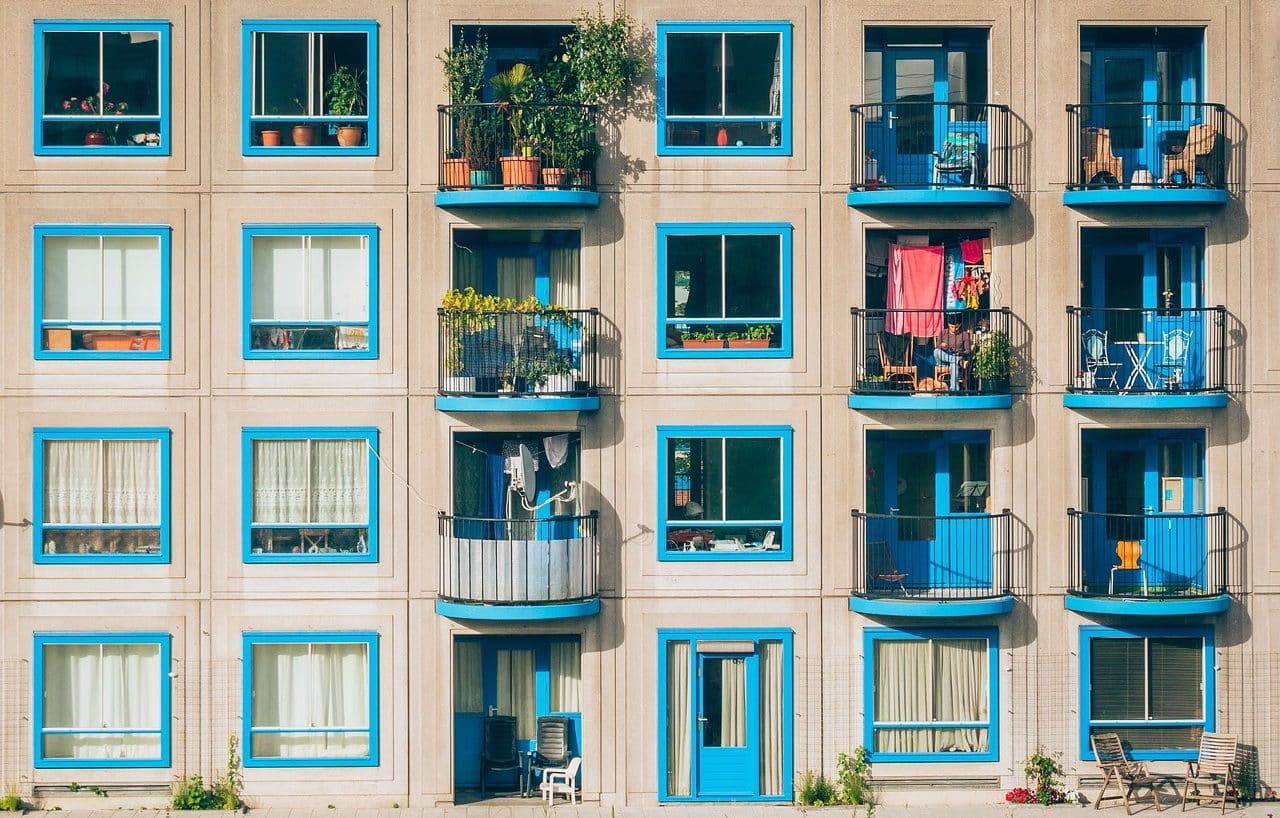
The woman is the owner of the car because it legally belongs to her.
The term owner refers to a person, entity or group that has ownership or rights over something, such as a material asset, real estate, a business, among others. It involves having control, possession , and often legal rights over the property in question. In the context of real estate, for example, the owner is the person who legally owns a house, land, or building. In business, it can be the individual or group that owns and runs a business. This notion goes hand in hand with certain responsibilities and rights associated with the control and management of what is owned.
Real estate
Real estate covers a variety of categories that are classified according to their use and characteristics:
-
residential
:
- Housing : includes single-family homes, townhouses, duplexes, and condominiums. They are properties intended mainly for single people and families;
- apartment : individual housing unit that arises from the division of a building, which is rented or sold. Just like the house, it is located in a residential area;
-
commercial property
:
- Commercial premises : Space intended for retail trade, such as shops and restaurants. They can vary in size from small businesses to large shopping centers;
- offices : building designed to house office spaces and commercial activities. They can range from small independent offices to large business complexes;
-
industrial property
:
- industrial warehouses : large spaces designed for the manufacturing, storage and distribution of products. They usually have specific characteristics to meet the needs of industrial production;
- industrial land : parcels of land earmarked for industrial development and the construction of specific facilities;
-
rustic property
:
- farms : rural properties that can be used for agriculture, livestock, or simply as land for recreational activities. They may include agricultural land, forests or natural areas. The person in charge of them is the property manager;
- agricultural land – parcels of land intended for agricultural production, such as crops or grazing.
Each of these categories has different characteristics and requirements in terms of regulation, investment and land use. The diversity of real estate properties allows us to satisfy a wide range of needs, from housing to industrial and agricultural development.
Intellectual property
Intellectual property refers to legal rights over creations of the mind, encompassing various forms of human expression. The three main types of intellectual property are copyright, patent, and trademark :
- Copyright – Protects original works of authorship , such as books, music, art, and software. Copyright holders have exclusive control over the reproduction, distribution and adaptation of their works for a specific period;
- patent : provides protection for unique inventions or discoveries. Gives the inventor the exclusive right to make, use and sell the invention for a limited time, in exchange for publicly disclosing the details of it;
- Registered trademarks : they protect distinctive signs that identify products or services in the market, such as names, logos or slogans. Trademarks ensure that consumers associate certain elements with the quality and origin of the products or services.
These legal mechanisms encourage innovation and creativity by granting creators and inventors the exclusive right to their creations, thus encouraging progress in various areas.
Personal property
Personal property is divided into two main categories: personal property and tangible property . Both refer to physical objects that can be possessed and moved:
- Personal property : These are tangible objects that can be moved from one place to another. These include items such as furniture, appliances, clothing, books, and electronic devices. The distinctive characteristic of movable property is its ability to be transported without altering its nature;
- Tangible : This term covers all goods that have a physical existence and can be perceived by the senses. Cars, furniture, electronic equipment, and other physical objects fall into this category. Unlike real estate, which refers to unalterable properties, tangible property can be moved.
These movable properties are an integral part of everyday life and are considered valuable assets in various contexts, whether at home, in business or in terms of investment.

The owner of a property has the obligation to keep it in habitable conditions.
Rights and obligations
The owner of a property has a series of rights and obligations, depending on the activities carried out with his property. When you decide to rent your real estate, for example, you establish a rental contract with the tenant. This document details the terms and conditions of the lease, including the duration, the rental amount, and the responsibilities of both parties.
The landlord may request a security deposit from the tenant as protection against possible damages or breaches of the contract. Sometimes, owners use the services of real estate agencies to facilitate the management of rentals or sales. These act as intermediaries and can be responsible for the promotion, negotiation and documentation of the property.
The property title certifies the owner's legal right to his or her real estate. The deed is the document that transfers ownership from a seller to a buyer. Before making a sale, the owner can request an appraisal to determine the market price. The purchase-sale transaction is formalized before a notary, who verifies the legality and authenticity of the transfer deed.
Regarding the owner's obligations , he must maintain the property in adequate condition. In the case of properties in communities, there may be associated fees for common expenses. If you decide to make renovations to the property to improve its value or attractiveness, these must comply with local regulations.
The owner must ensure that basic services are available and paid for. If the property is mortgaged, the bank may have rights over it until payment of the loan is completed.

The community of owners advocates for harmony between neighbors and the maintenance of the building.
Community of owners
Homeowner associations, also known as neighborhood communities , are residential complexes or buildings where multiple people share ownership and responsibilities related to common areas.
Let's look at some of the main aspects of the community of owners:
- Community fees : These are paid to cover common expenses, such as maintenance of common areas, cleaning, services, and repairs. They are established and approved in community meetings;
- representative body : elected by the community, generally through a board of owners (in charge of making decisions on important matters), in assemblies where issues relevant to the community are discussed;
- Repairs and maintenance : Owners share responsibility for maintaining common areas, such as elevators, stairs, gardens and facades, in good condition. Repairs are usually financed from the community's reserve fund or through extraordinary outlays;
- Internal regulations : regulate the use of common facilities and define the rules of coexistence. They seek to guarantee harmony and respect between neighbors;
- insurance : to cover possible property damage and civil liability. This may include insurance for the building structure, liability, and others depending on the needs of the community;
- assemblies : regular meetings where important decisions are made and topics such as the annual budget, community dues, and other matters relevant to the management and maintenance of the property are discussed;
- property administrator : professional in charge of managing the administrative and financial aspects of the community. Facilitates communication and decision making.
Homeowner communities are a form of organization that seeks to ensure harmonious coexistence and adequate maintenance of shared properties. Active participation and compliance with regulations contribute to efficient and satisfactory management for everyone.
